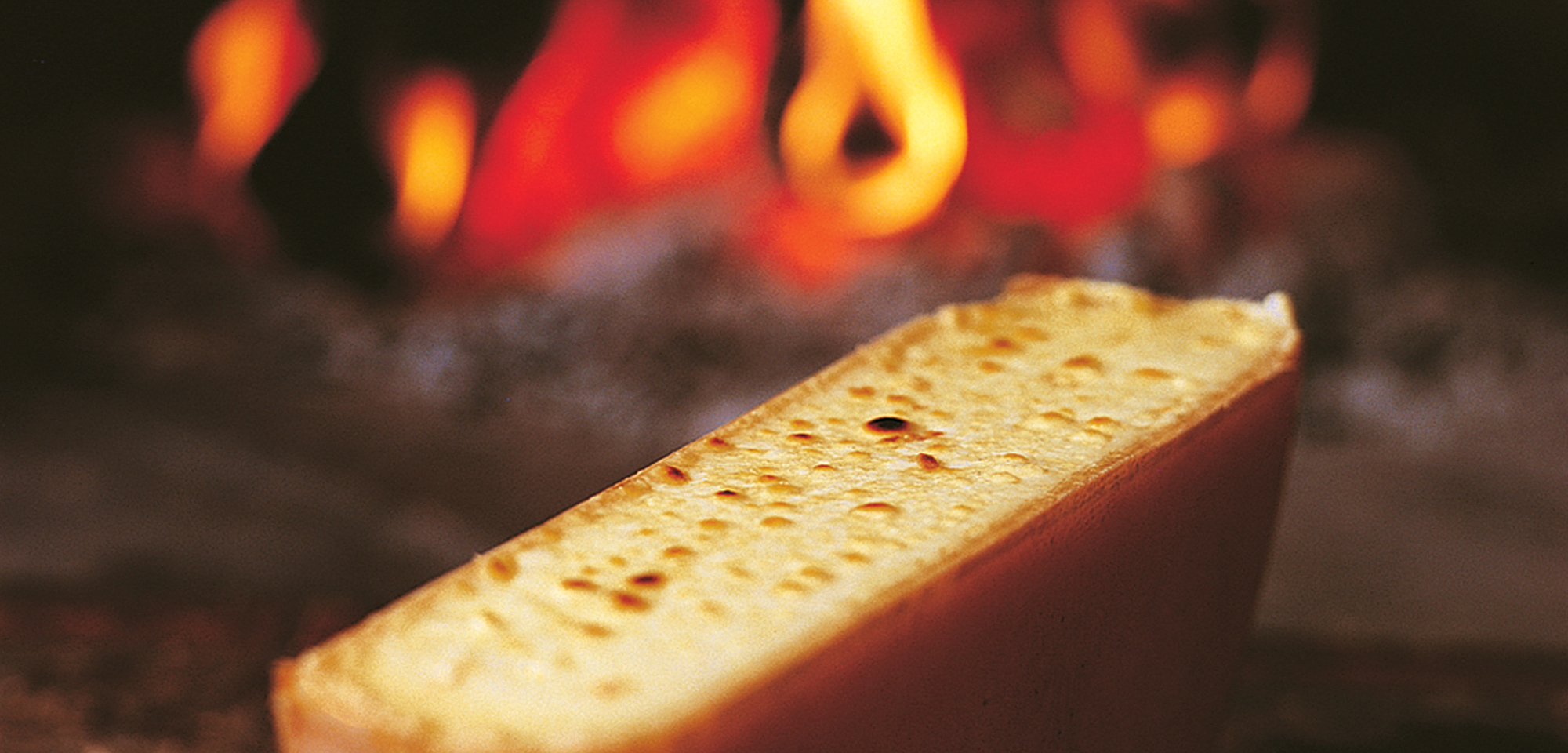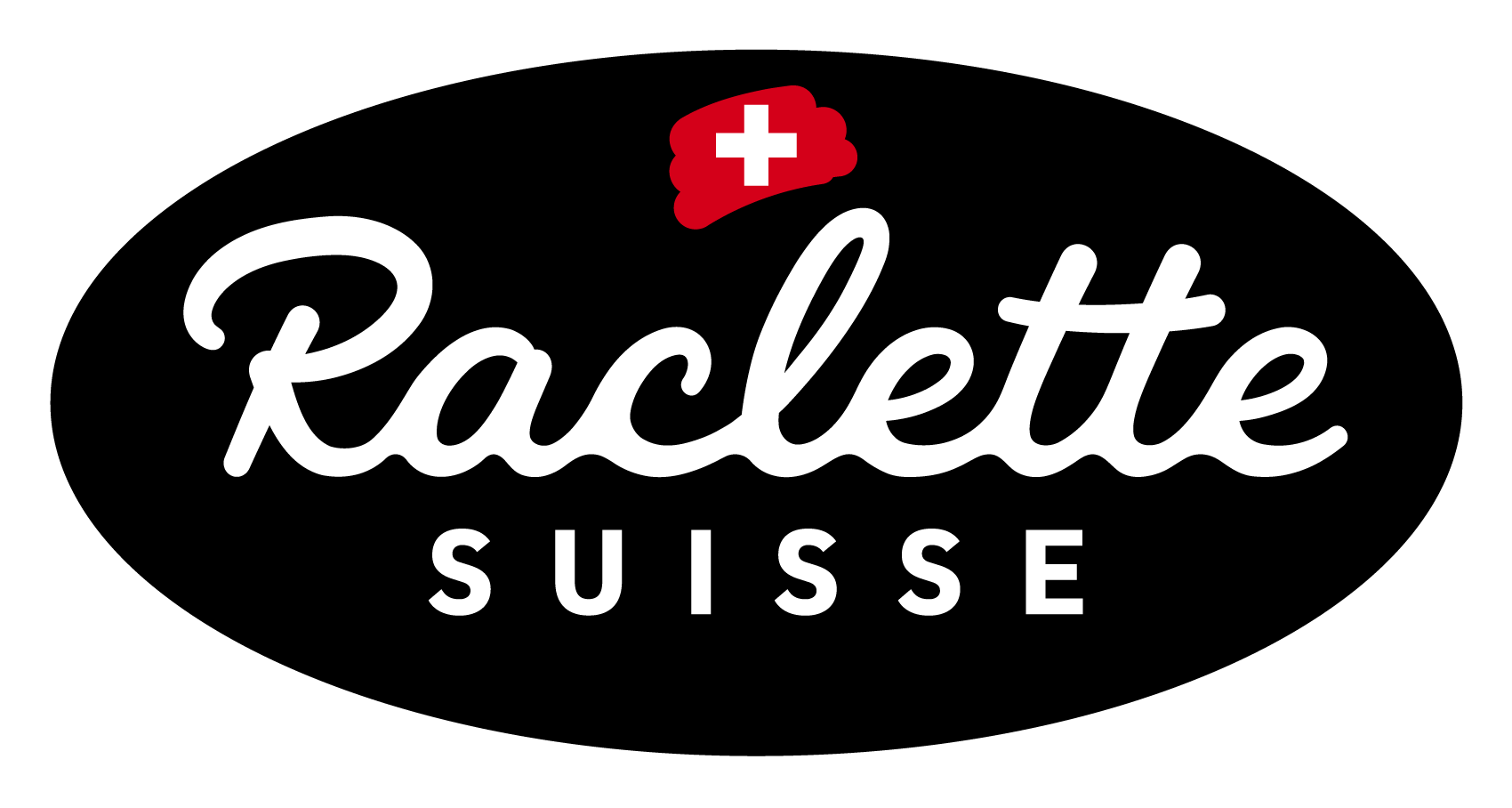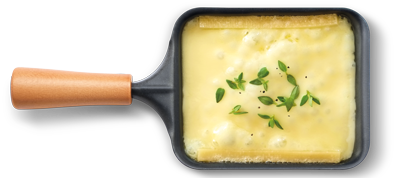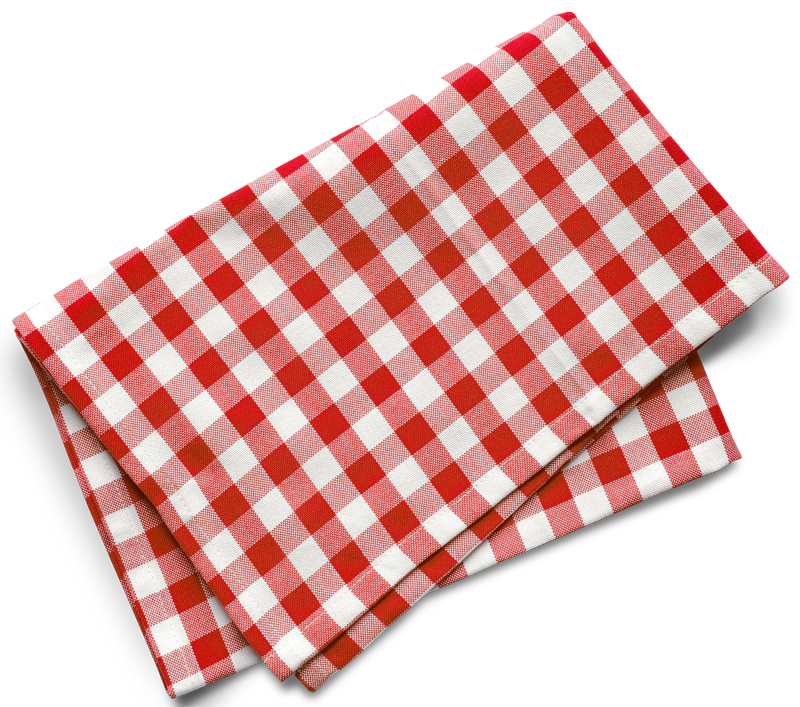
History
According to written records, the shepherds of the original cantons of Switzerland regained their strength with a spicy raclette in a convivial atmosphere as early as the 12th century. To do this, they exposed half a loaf of cheese to the heat of the oven and stripped off the melted cheese for a wholesome meal.

According to these traditions, we can assume that Wilhelm Tell already enjoyed the fried cheese as food for strengthening before the apple shot. The first written mention of this type of cheese preparation appears in the Valais in 1574. And Johanna Spyri also refers to raclette in her book "Heidi" with the "roast cheese on a spit". For a long time, cheese was considered the most important staple food for the alpine dairymen and shepherds in these areas. It was not until the 20th century that the farmers' meal of the mountains came down to the valleys and quickly became one of the most popular Swiss national dishes. The name comes from the term ‘scraping off’ the melted cheese from the loaf. By analogy, the French term ‘racler’ can be derived from this.


